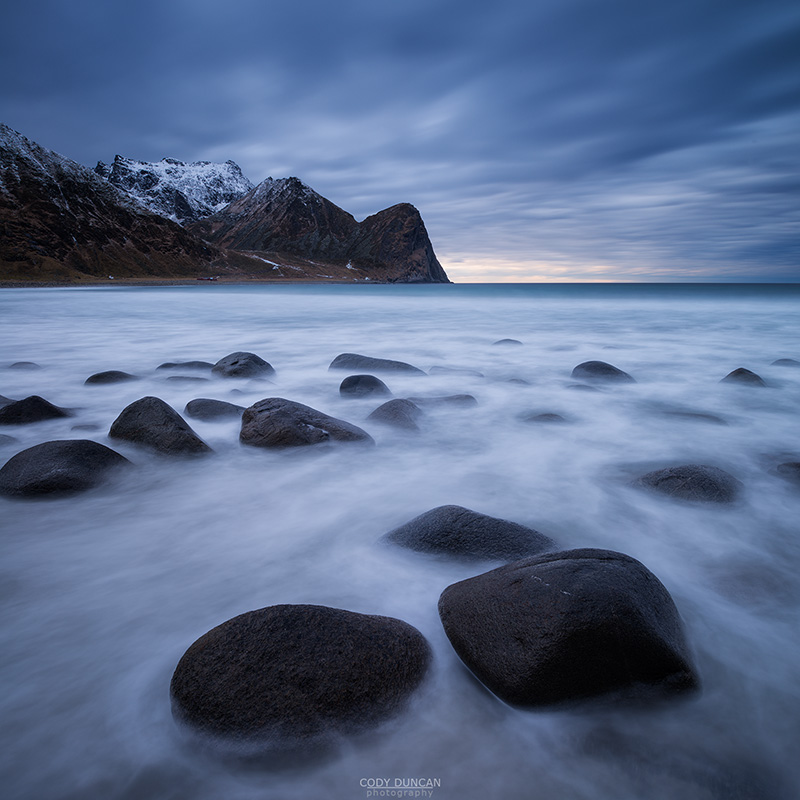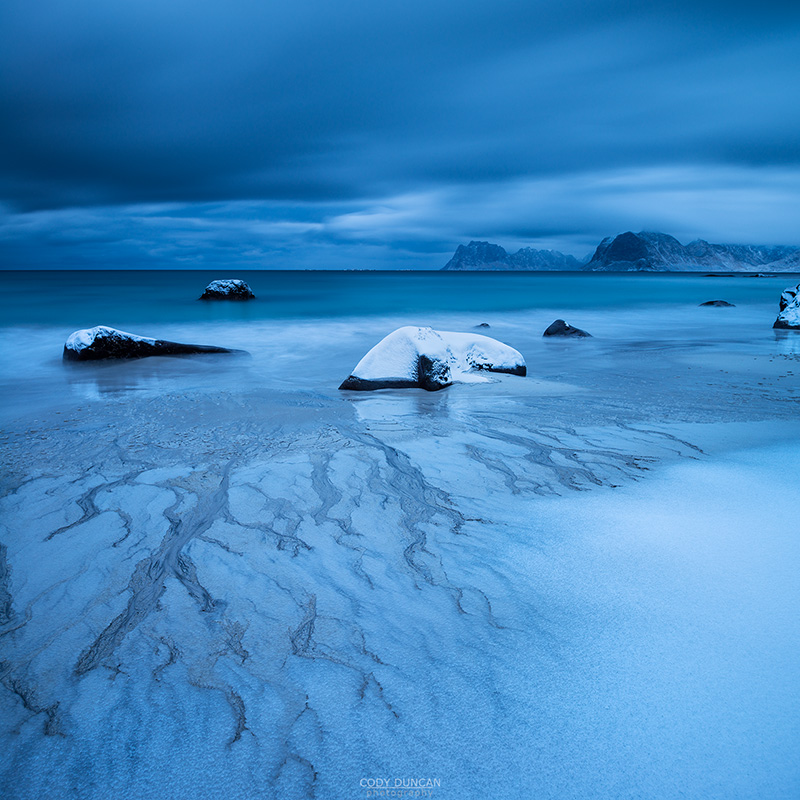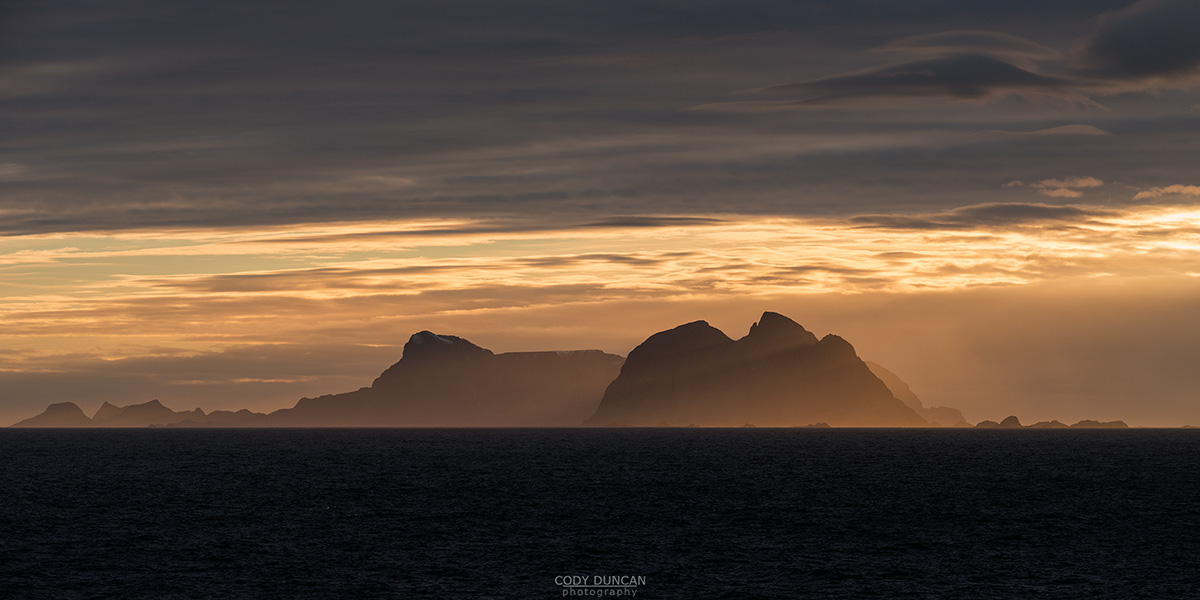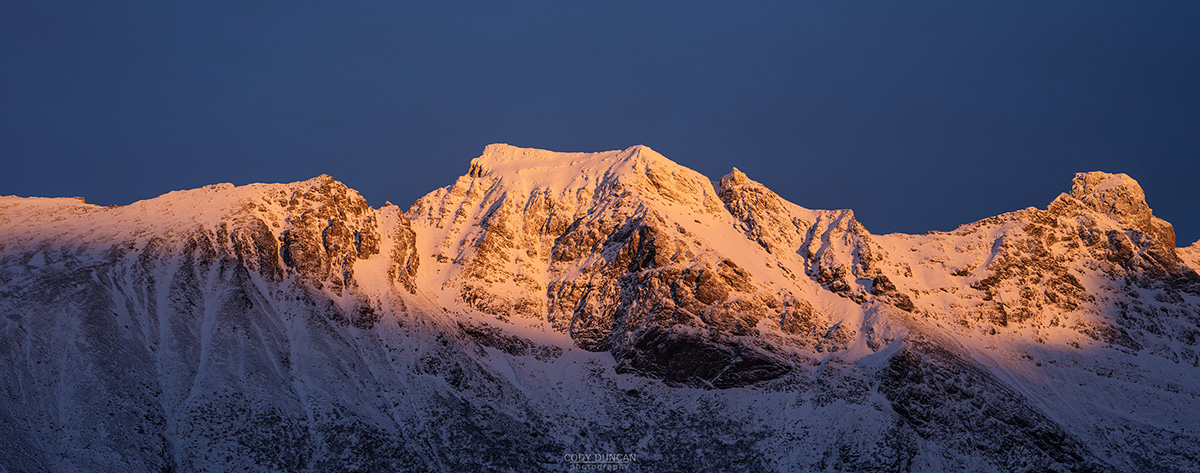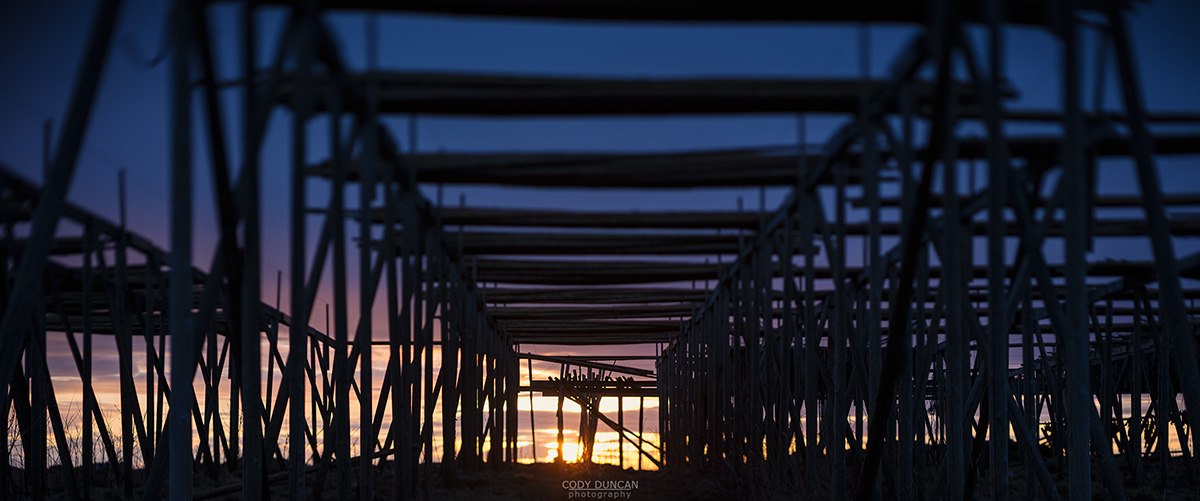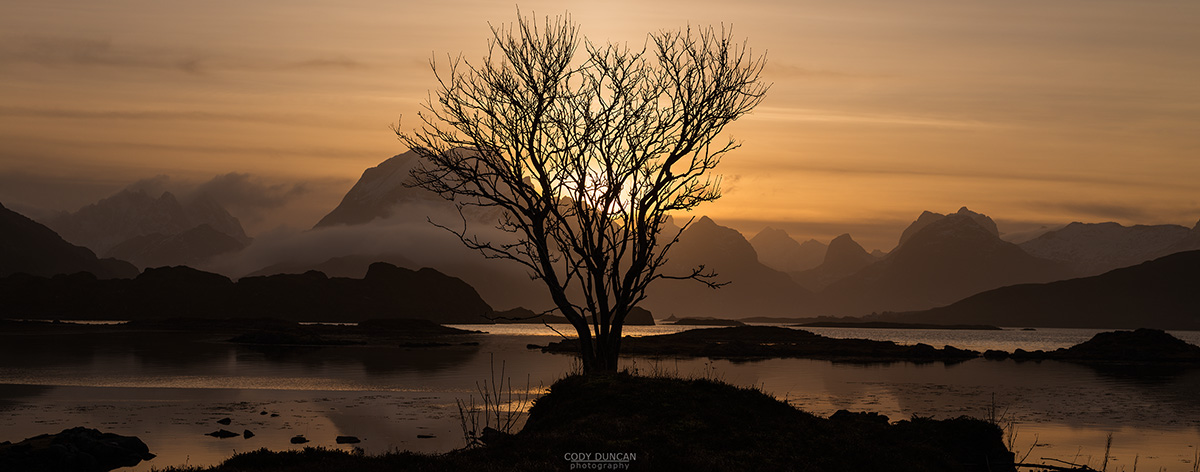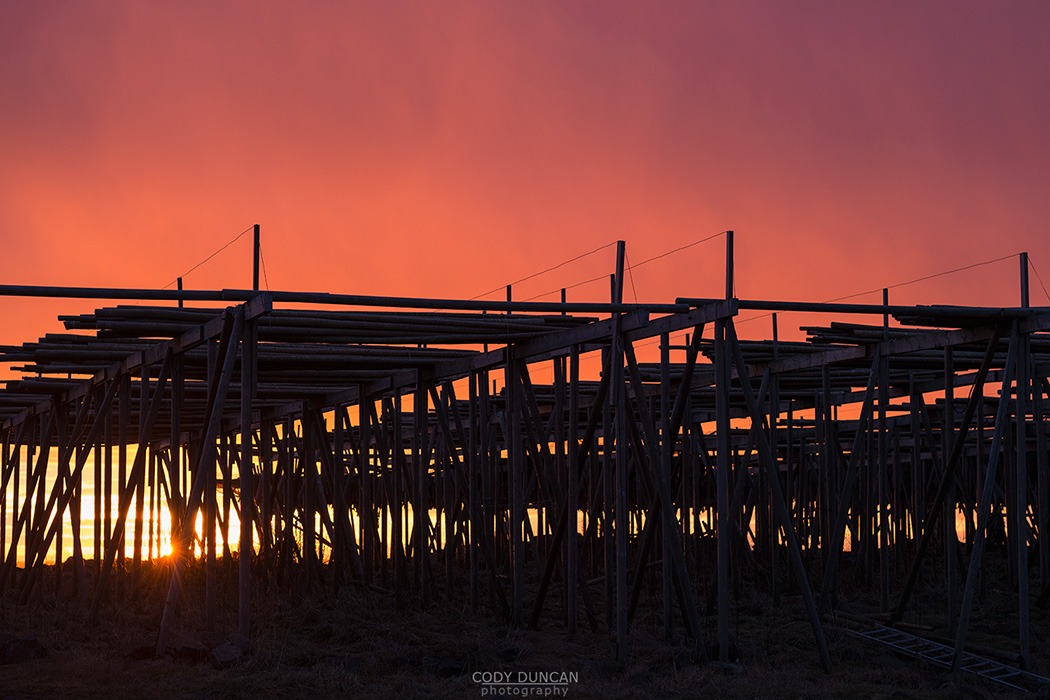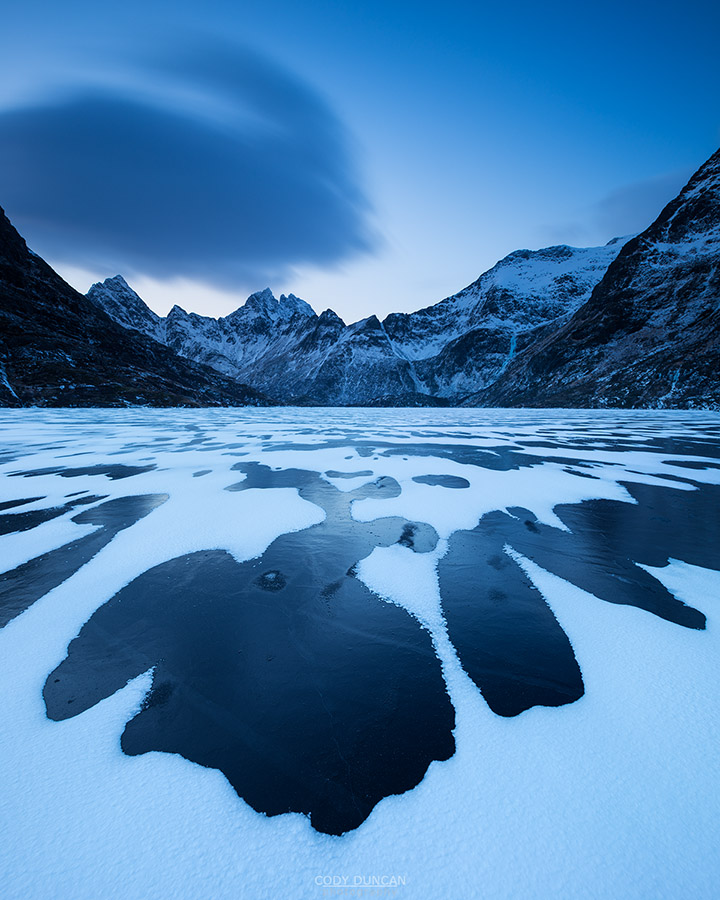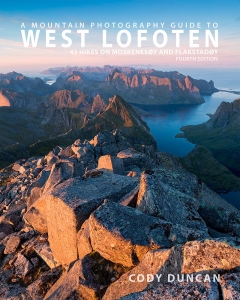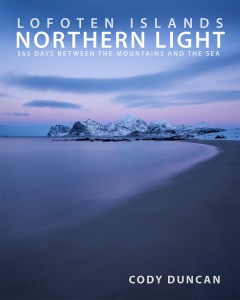Friday Photo #75 – Unstad Beach
Photo: Dark sky over Unstad beach, Vestvågøy, Lofoten Islands, Norway. February 10, 2014. 10:30
Heavy clouds greeted the arrival of dawn and it was obvious that there would be no colour to chase. Back to bed for a little more sleep, as if more sleep is needed in the long nights of winter. Later, we slowly made our way to Unstad beach to see what we could find.
A lone surfer was out, the head-high turquoise waves all to himself; if only I had had a lens longer than 85mm with me. The beach was otherwise empty as I made my way down among the rocks and to the tide line. What a change of scene from my pervious visit a week prior, where I was hardly able to stand in the gale force winds. This day was how I like it, calm and gentle.
While clouds still filled the sky from horizon to horizon, the light had an eerie clarity to it, something more than the drab grey which can be all to present. There was sharpness and contrast with a softness and depth as the clouds traveled across the sky.
Though I have spent hours on this beach, I contented myself with a few more before moving on the see how the frozen Utdalsvatnet would appear – not that interesting as it turned out.
Camera Info:
Nikon D800
Nikon 24mm f/3.5 tilt-shift
24mm
ISO 50
f 11
15 seconds
WB Daylight
2 images – top, bottom
6 stop B+W ND filter

